
Symptoms of chronic bronchitis and treatment

When discussing the symptoms of chronic bronchitis, many people often confuse it with chronic obstructive pulmonary disease (COPD). However, “chronic bronchitis” is a term that was used more commonly in the past. Since the introduction of the term COPD, chronic bronchitis has been used less frequently. Still, it typically refers to long-lasting damage to the airway mucosa caused by prolonged acute bronchitis that was not treated promptly.
Clinical manifestations of chronic bronchitis
Clinical symptoms of chronic bronchitis
Clinical signs of chronic bronchitis (illustration)
Damage in chronic bronchitis is mainly localized in the airway mucosa. The disease often begins after repeated respiratory infections, causing inflammation, swelling, increased mucus secretion, and airway narrowing. Without proper treatment—or when respiratory infections recur frequently—chronic bronchitis can develop.
Chronic bronchitis commonly presents with the following clinical symptoms:
-
Persistent cough
Patients often experience a chronic, lingering cough or episodic coughing. Symptoms worsen after each respiratory infection or during weather changes, cold temperatures, or exposure to smoke and dust. -
Productive cough (cough with phlegm)
The cough is usually accompanied by prolonged mucus production. The sputum is often white, but in cases of bacterial superinfection, it may turn yellow or green. -
Shortness of breath
This symptom is less common in chronic bronchitis. If shortness of breath is present, clinicians must evaluate for COPD, asthma, or other causes such as heart failure. -
Fatigue
Because chronic bronchitis often recurs and treatments can be prolonged, patients may feel tired. However, the condition does not usually cause weight loss. With proper evaluation and treatment, the disease is not severely harmful.
Paraclinical (diagnostic) findings in chronic bronchitis
Before diagnosing chronic bronchitis, doctors may order the following tests:
-
Chest X-ray
Chest X-ray helps rule out other causes of chronic cough, such as pulmonary tuberculosis, lung cancer, interstitial pneumonia, or bronchiectasis. -
Pulmonary function test
This test helps differentiate chronic bronchitis from other conditions. If patients have prolonged cough without lung parenchymal damage and pulmonary function is normal, chronic bronchitis can be diagnosed. If obstructive ventilatory disorders are present, COPD is diagnosed instead. -
ENT endoscopy or gastrointestinal endoscopy
Doctors may perform nasal–throat endoscopy or stomach endoscopy if needed to rule out sinusitis, pharyngitis, or gastroesophageal reflux disease when other diagnostic methods are inconclusive.
Treatment of chronic bronchitis
Patients should avoid risk factors that can trigger acute flare-ups:
-
Do not smoke; avoid cigarette smoke, kitchen smoke, and polluted environments
-
Avoid cold and damp conditions; wear a scarf and mask when going outside in such weather
-
Avoid drafts indoors
-
Get an annual flu vaccination, ideally in September, to significantly reduce flare-ups
-
Take medications as prescribed by your doctor, especially antibiotics during acute exacerbations accompanied by yellow/green/purulent sputum (suggesting bacterial infection)
Common antibiotics used for chronic bronchitis include:
-
Amoxicillin group
-
First, second, and third-generation cephalosporins
-
Macrolides
-
Quinolones
-
Combination of amoxicillin/clavulanic acid
Antibiotics are typically prescribed for 7–10 days per treatment course.
Prevention of chronic bronchitis
-
Do not smoke; avoid cigarette smoke and occupational dust
-
Avoid cold and damp conditions
-
Treat respiratory infections early and thoroughly
-
Maintain good oral hygiene
News in the same category

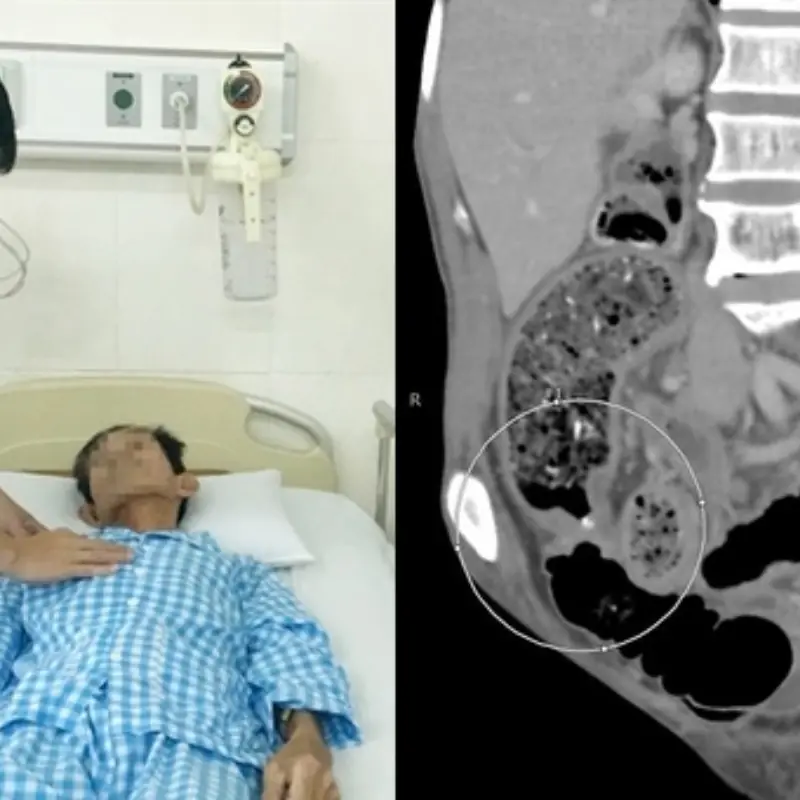
Doctors Reveal the Cause: Ignoring His Constipation Symptoms Cost a 41-Year-Old Man His Life in Just One Month
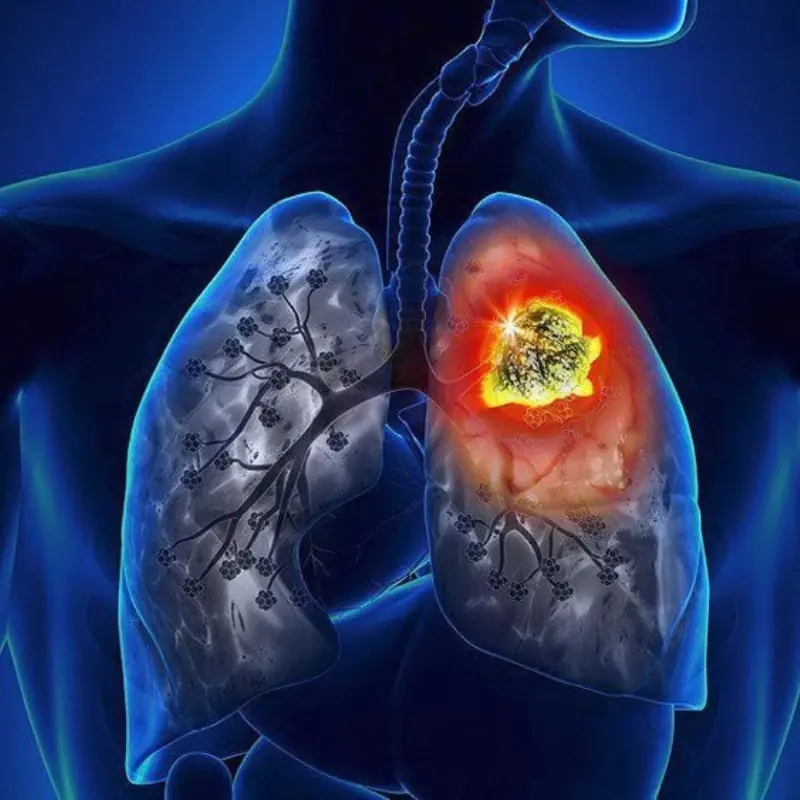
A Small Spot on the Chest Seemed Harmless… but Doctors Say It’s a ‘Silent Killer’ Hiding in the Lungs

Shocking: A Mission to Mars Could ‘Destroy’ Astronauts’ Kid.neys — What Is NASA Warning About?

The Faithful Dog Who Braved the Storm and Found Love in the Most Unexpected Companion

She Walked Away and Chose Her Son Over Me — But It Was Grandma Who Stepped In and Taught Her a Lesson That Changed Everything Forever
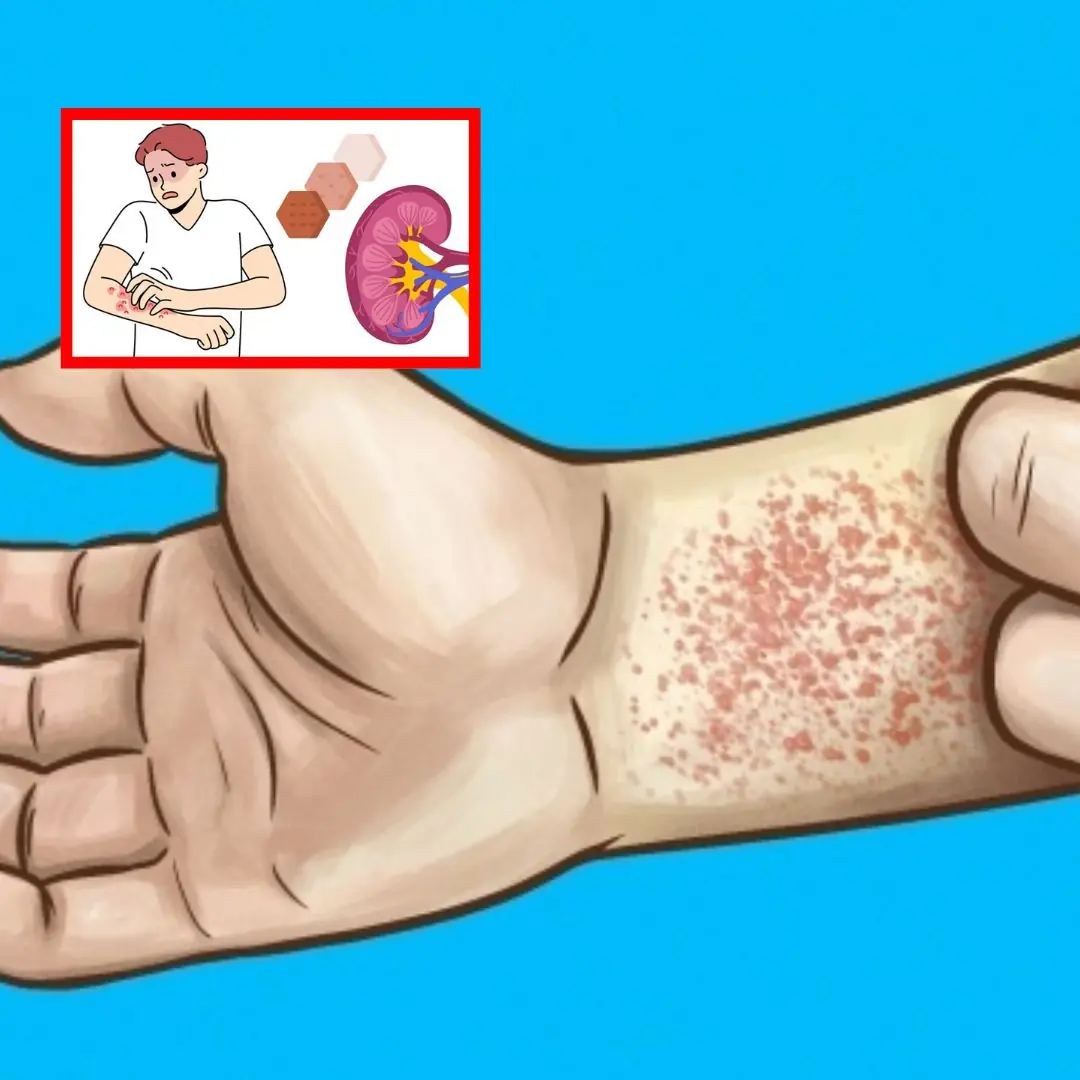
10 signs that you have kidney disease without knowing it
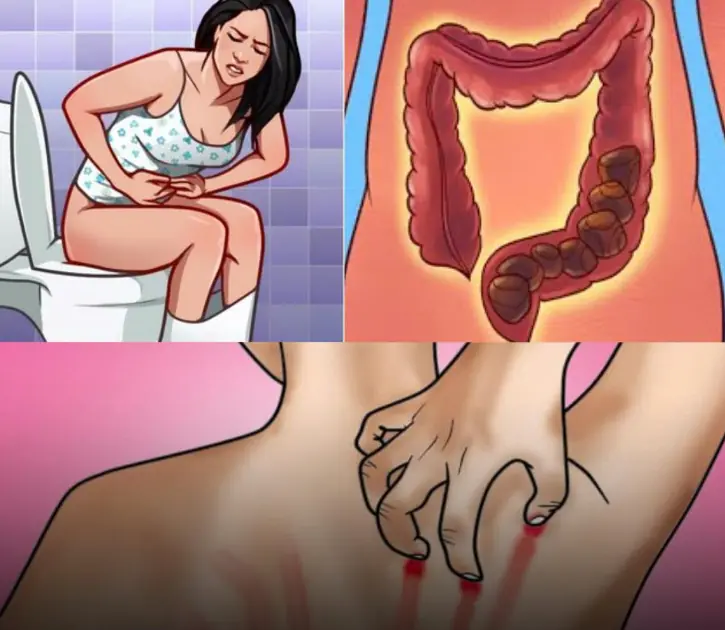
10 Warning Signs That May Indicate Abnormal Cell Growth in the Body
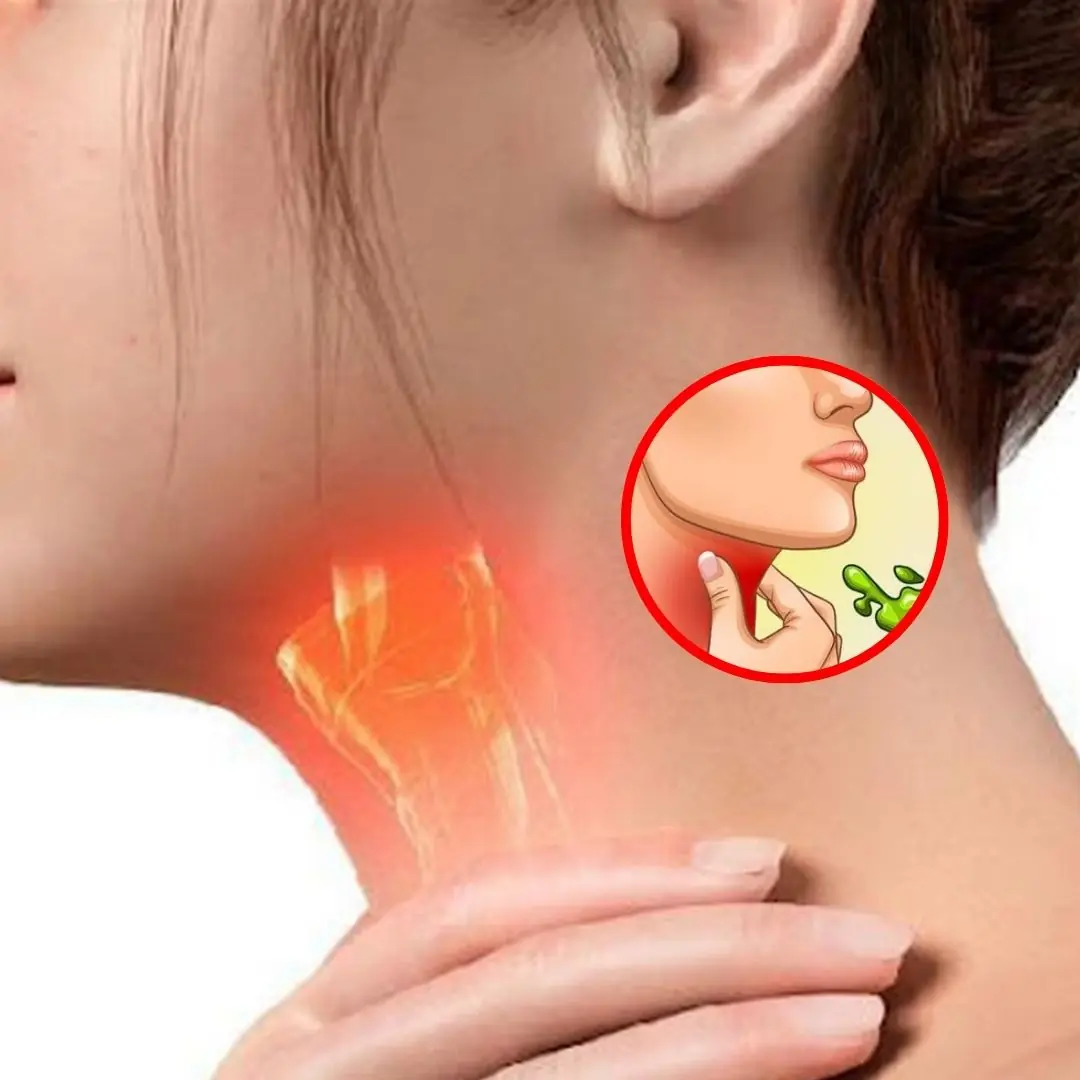
8 Ways To Get Rid Of Phlegm And Mucus In Chest And Throat
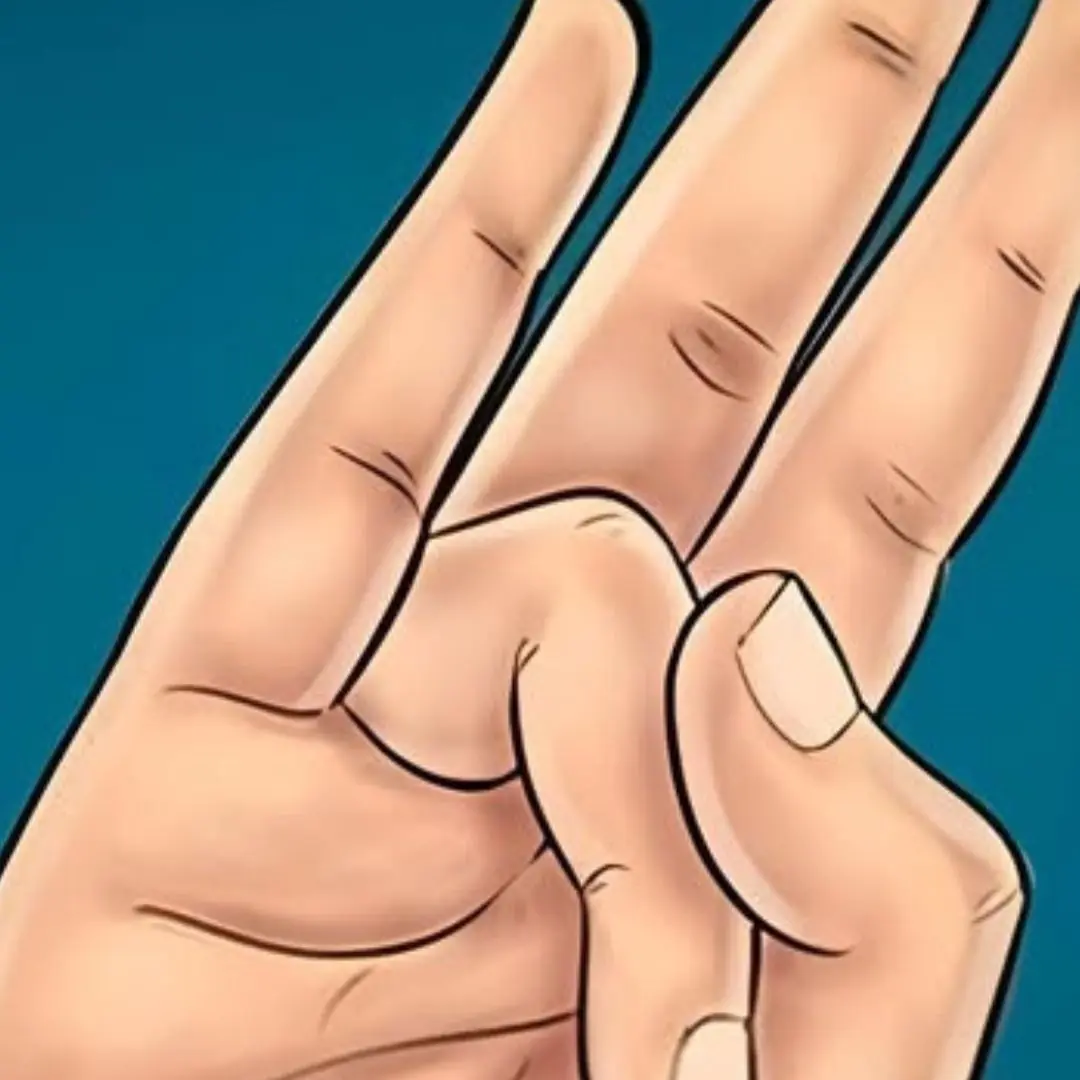
Stretch your ring finger with your thumb and hold it for a few seconds. you'll love the reason!

4 “Can.cer-Causing Culprits” Hiding Quietly in Your Home

Black beans combine these two types of seeds to become a 'miracle drug': Increase collagen production, slow down aging, prolong life 👇 👇

Woman goes to the doctor for indigestion, finds out she has liver can.cer: Doctor panics: "Who eats breakfast like this for 20 years?"

9 foods with natural anti-can.cer prop.erties, eat regularly and can.cer cells will "not have a chance to visit" 👇

Foods that can ease swelling in hands and feet

5 signs to help detect colitis early, the first signs of which are often overlooked

6 Foods You Should Never Combine With Honey
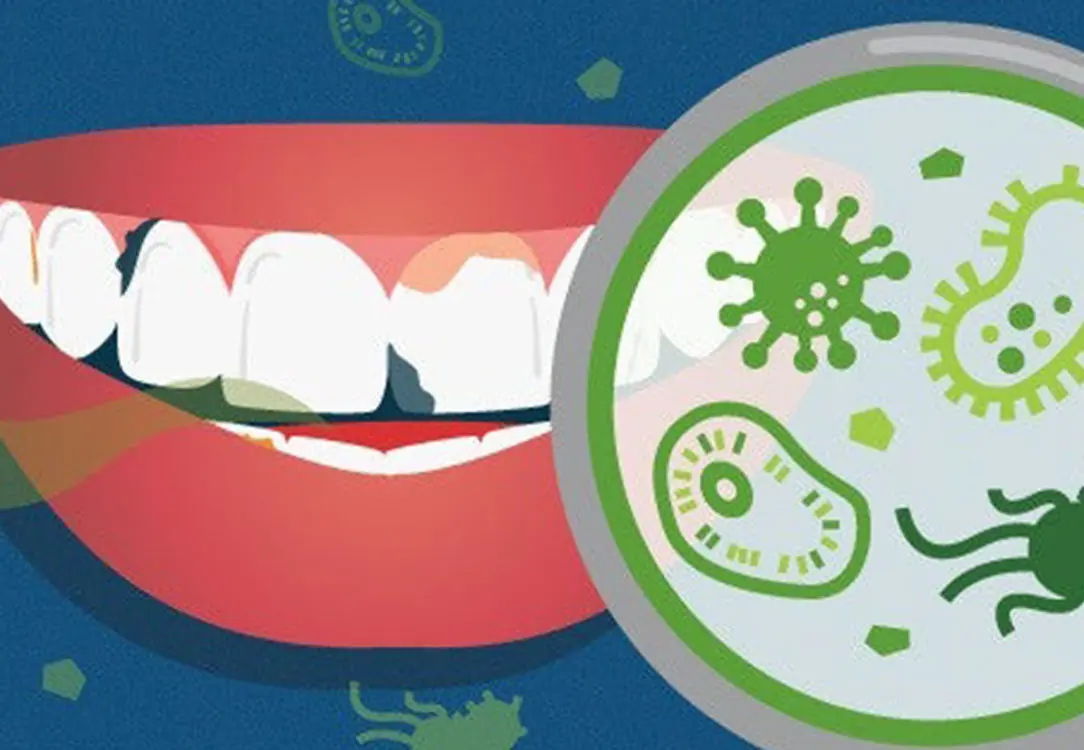
Poor Oral Health Linked to Increased S.troke Risk

5 Silent Warning Signs of High B.lood Pressure You Should Never Ignore
News Post

The Ancient Ways Of The Great Albatross

The Silent Promise Of The Mountain Lion

Seafood Chowder Bread Bowl

Pan-Seared Scallops with Lemon Butter Sauce

Shrimp Alfredo Lasagna Roll-Ups

Creamy Shrimp-Stuffed Salmon

Cucumber Shrimp Bites with Avocado

A Common Mistake Everyone Makes: It’s Not Leftovers — These 5 Foods Are the Real “Silent Kil.lers” Hiding in Your Kitchen!

My Husband Gave Our Son a Gift—And Told Him to Never Show It to Me

What do we do, rex? How will we survive? Will we have to beg for help?

A Woman Showed Up at My Door Claiming to Be My Dad’s Wife—But My Dad Has Been Single My Whole Life

Puff Pastry Christmas Wreath with Brie and Pomegranate

The Last Flight of Kavi

Lobster Thermidor

When Our Long-Awaited Family Vacation Fell Apart at the Airport

“Who would want you now, with two kids? Your husband ran off to another woman, never even suspecting that I WON A FORTUNE!”

In the Sleeper Carriage: A Chance Connection

Returning from his shift, he was hooking up with an older lady. After three months on the drilling rig, he didn’t give a damn about whom
